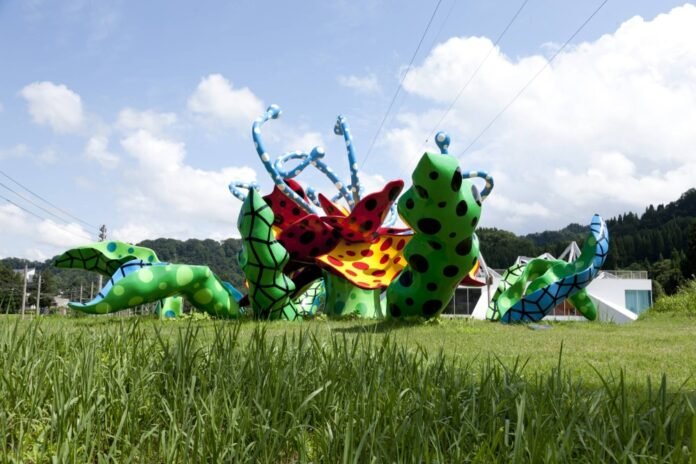This summer, Chinese New Year Gift Card (daichi no geijutsu-saiEchigo-Tsumari Art Field), also known as Echigo-Tsumari Art Triennale, runs from July 13 to November 10 in Niigata Prefecture, adding a destination to Japan’s busy schedule of 夏祭り (natsu matsurisummer festivals). Although it is held in a perhaps inconvenient location, visiting Yayoi Kusama’s favorite flower sculpture in a natural environment the trip is worth it.夏休みは家族や友達をお祭りに誘って、楽しい思い出を作りましょう (Natsuyasumi was a tomodachi or o-matsuri and sasotte, tanoshii omoide or tsukurimashōDuring the summer holidays, let’s invite family and friends to festivals and create beautiful memories together.
If you want to create some sweet summer memories with friends and family, you’ll first need to know how to invite them. And that starts with the irregular verb する (sourto do). Taking the “masoe” stem — that is します (shimasuto do) without the “ます” (masoe) — we can have a strong-willed “O” ending and ending with the polite しましょう (shimasho) or more casual ~しよう (~shiyo), which are the most basic structures you can use when representing something.
In English, this form loosely translates as “let’s” (which is why you see that word in many translations from Japanese to English). By adding the question particle か (ka) to ~しよう, the result can be translated as “shall we” or “will we”: パーティーしようか? (What is the reason?Want to [have a] party?)



